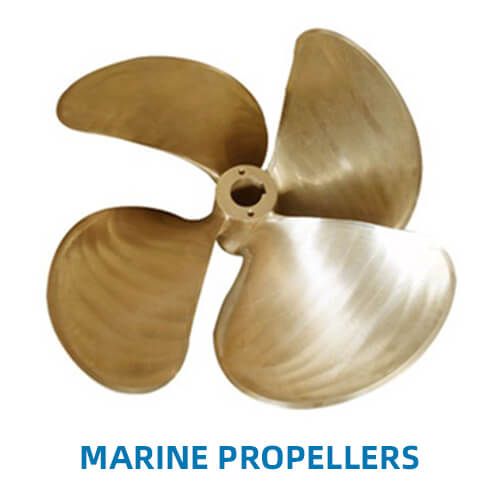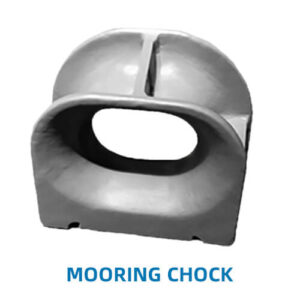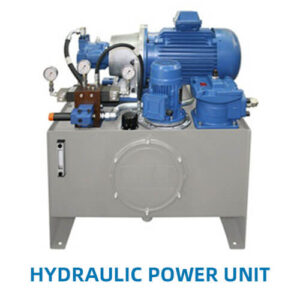Key Features of Marine Propellers:
- Design and Construction:
- Blades: Marine propellers have multiple blades, which can vary in number, shape, and size. The blades are typically designed to optimize water flow and maximize thrust.
- Material: Propellers are commonly made from materials such as bronze, stainless steel, aluminum, or composite materials. The choice of material affects the propeller’s durability, strength, and resistance to corrosion.
- Hub: The central part of the propeller, known as the hub, connects the blades to the propeller shaft. It is designed to withstand the forces transmitted from the engine.
- Types of Marine Propellers:
- Fixed-Pitch Propellers: These have blades set at a fixed angle, providing a consistent thrust. They are simple and robust but lack the flexibility to adjust thrust based on operational conditions.
- Variable-Pitch Propellers: The blade angle can be adjusted, allowing for changes in thrust and direction. This flexibility improves efficiency and maneuverability, especially in varying conditions.
- Controllable-Pitch Propellers: Similar to variable-pitch propellers, but with more precise control over blade angle and thrust, often used in dynamic positioning systems and vessels requiring precise maneuvering.
- Contra-Rotating Propellers: These consist of two propellers mounted on the same shaft, rotating in opposite directions. They offer higher thrust and efficiency, reducing the risk of cavitation and improving overall performance.
- Surface-Piercing Propellers: Designed to operate partially above the water’s surface, they are used in high-speed vessels and offer improved efficiency and performance.
- Applications:
- Commercial Vessels: Used in cargo ships, tankers, and ferries, where efficiency and reliability are crucial for transporting goods and passengers.
- Recreational Boats: Found in pleasure boats, yachts, and fishing vessels, where maneuverability and performance are important for recreational activities.
- Specialty Vessels: Used in vessels such as icebreakers, tugs, and offshore support vessels, where specific propeller designs are required to handle unique operational conditions.
- Performance Characteristics:
- Thrust and Efficiency: Propellers are designed to maximize thrust while minimizing drag and cavitation. The efficiency of a propeller affects fuel consumption and overall vessel performance.
- Maneuverability: The design of the propeller influences the vessel’s ability to maneuver, particularly in tight spaces or when precise positioning is required.
- Noise and Vibration: The design and balance of the propeller can impact noise and vibration levels. Well-designed propellers minimize these factors, improving comfort and reducing wear on the vessel’s components.
- Maintenance and Care:
- Regular Inspection: Inspect propellers for signs of damage, wear, or corrosion. Check for cracks, dents, and deformation that could affect performance.
- Cleaning: Keep the propeller clean from marine growth, debris, and salt deposits. Regular cleaning helps maintain performance and prevent corrosion.
- Balancing: Ensure the propeller is properly balanced to reduce vibration and wear on the propulsion system.
- Safety Considerations:
- Proper Installation: Ensure that the propeller is installed correctly and securely to prevent accidents and damage. Follow manufacturer guidelines for installation and maintenance.
- Handling: Handle propellers with care to avoid damage during maintenance or installation. Sharp edges and rotating blades can pose safety hazards.
- Training: Ensure that personnel responsible for propeller maintenance and operation are properly trained to handle the components safely and effectively.
Advantages of Marine Propellers:
- Propulsion Efficiency: Marine propellers convert engine power into thrust with high efficiency, enabling vessels to move effectively through water.
- Maneuverability: Different propeller designs offer varying levels of maneuverability, allowing vessels to handle diverse operational conditions.
- Versatility: Available in various designs and materials, marine propellers can be tailored to suit a wide range of vessel types and operational needs.
Considerations for Marine Propellers:
- Cost: High-quality marine propellers can be costly, but their impact on performance and efficiency often justifies the investment.
- Maintenance: Regular maintenance is essential to ensure optimal performance and longevity. Proper care helps prevent issues that could affect the vessel’s operation.
Marine propellers are essential components for the propulsion and maneuverability of marine vessels. Their design, material, and configuration impact the vessel’s performance, efficiency, and operational capabilities. Proper maintenance and care are crucial for ensuring that marine propellers continue to function effectively and contribute to the overall success of maritime operations.







